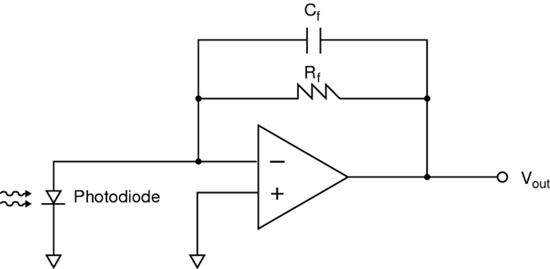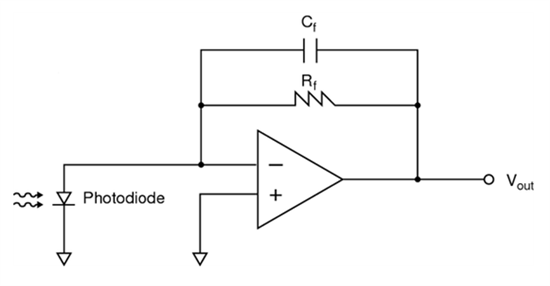I am trying to amplify a 0 to ~15mV signal to a 0 to 2.5 V range using the INA122 op-amp. I calculated the gain using the equation supplied in the data sheet and adjusted a potentiometer to produce such a gain. However, the gain is well out the range of the specified error. The amplified signal is about 50 mV less than anticipated. The ref pin is currently grounded and the output of the INA122 leads to an ADC. The signal is produced by a pyranometer, which produces a current that I've converted to a voltage with a resistor. The negative output of the sensor is connected to Vin- on the INA122, and is also grounded.
Thank you in advance for any help and my apologies if the problem is trivial, I'm quite new at this.







